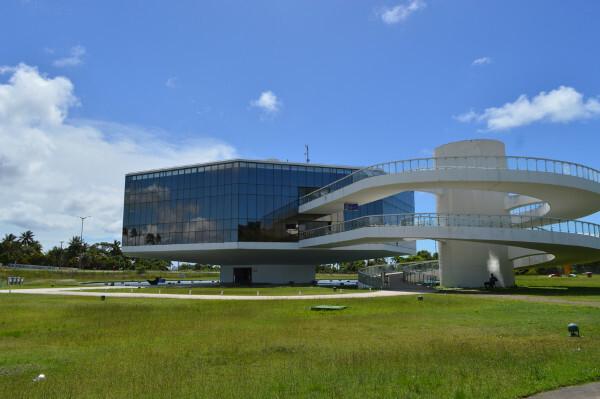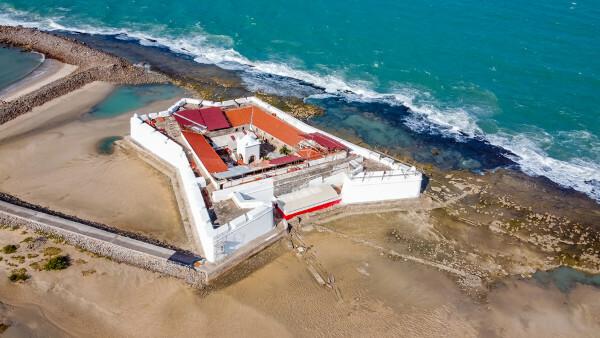The state of Paraná is located in the southern region of the Brazilian territory, with a territorial extension of 199,316,694 km², which corresponds to approximately 2.3% of the total surface of Brazil. The territory of Paraná is made up of 399 municipalities, and, according to the population count carried out in 2010 by the Brazilian Institute of Geography and Statistics (IBGE), it totals 10,444,526 inhabitants. It has a demographic density of approximately 52.4 inhab./km², and a population growth of 0.9% per year. The population residing in urban areas corresponds to 85.3%, in rural areas they total 14.7%. The Human Development Index (HDI) in the state is 0.820.
Migratory flows to Paraná intensified from the 1850s onwards, when the state gained its independence and ceased to be a province of São Paulo. At that time, the local government developed policies to attract new migrants in order to promote the State's economic development. Between 1853 and 1886 alone, Paraná received approximately 20 thousand migrants, who formed several colonies in the territory.
The population of Paraná is composed of different ethnic groups, mainly German, Polish, Ukrainian immigrants, Italians, Portuguese, Dutch, Spanish, Arabs, Argentines and Japanese, in addition to the indigenous people who already inhabited the territory. Altogether there are 28 ethnic groups, contributing to the State's cultural plurality.
Indians – They were the first inhabitants, there were several distinct tribes in the territory of Paraná, among them are the Carijó and Tupiniquim, who inhabited the coastal strip; the Tingui, who settled in the region that today corresponds to Curitiba; the Caigangue and Botocudo, who inhabited the interior of Paraná.
Germans – The Germans were the first to arrive in Paraná, in 1829, settling in Rio Negro. However, there was an increase in the entry of Germans into the state during World War I (1914 – 1918) and World War II (1939 – 1945). They contributed to agricultural development and cultural diversity in Paraná.
Spaniards – They formed colonies in the municipalities of Jacarezinho, Santo Antônio da Platina and Wensceslau Brás. The entry of Spaniards in Paraná occurred mainly between 1942 and 1952.
Portuguese – Motivated by coffee exploration, the Portuguese migrated to Paraná, with emphasis on the municipality of Paranaguá, which has Portuguese cultural characteristics.
Italians – They founded the anarchist colony of Santa Cecília, currently the largest number of Italian descendants reside in Curitiba. They were of fundamental importance in coffee plantations and industrial development.
Poles – Migrated to Paraná during the 1870s, they founded several colonies in Curitiba, which currently constitute the districts of Santa Cândida and Abranches. They were very important for the agricultural development of the State.
Arabs – During World War II, Arabs totaled 10% of Curitiba's population. Currently, Foz do Iguaçu has the largest Arab colony in Paraná. They contributed to the cultural diversity of the state through cuisine, architecture, literature, music and dance.
Japanese – The cities that host the largest number of Japanese are Londrina and Maringá. They were mainly dedicated to fish farming, horticulture and fruit farming for the economic development of Paraná.
Do not stop now... There's more after the advertising ;)
Blacks - The forced migration of blacks during the period of slavery in Brazil also contributed to the ethnic composition of the population of Paraná. Currently, around 24.5% of the state's population is black. This fact makes Paraná the state with the largest black population in the southern region of the country. The cultural legacy of blacks to the state is enormous. Traces of their culture can be found in traditional festivals, music, cuisine etc. In the capital, Praça Zumbi dos Palmares was built in honor of the icon of resistance to slavery. The state also has about 90 Quilombos, communities formed by descendants of slaves that still carry with them a very strong cultural identity.
By Wagner de Cerqueira and Francisco
Graduated in Geography



